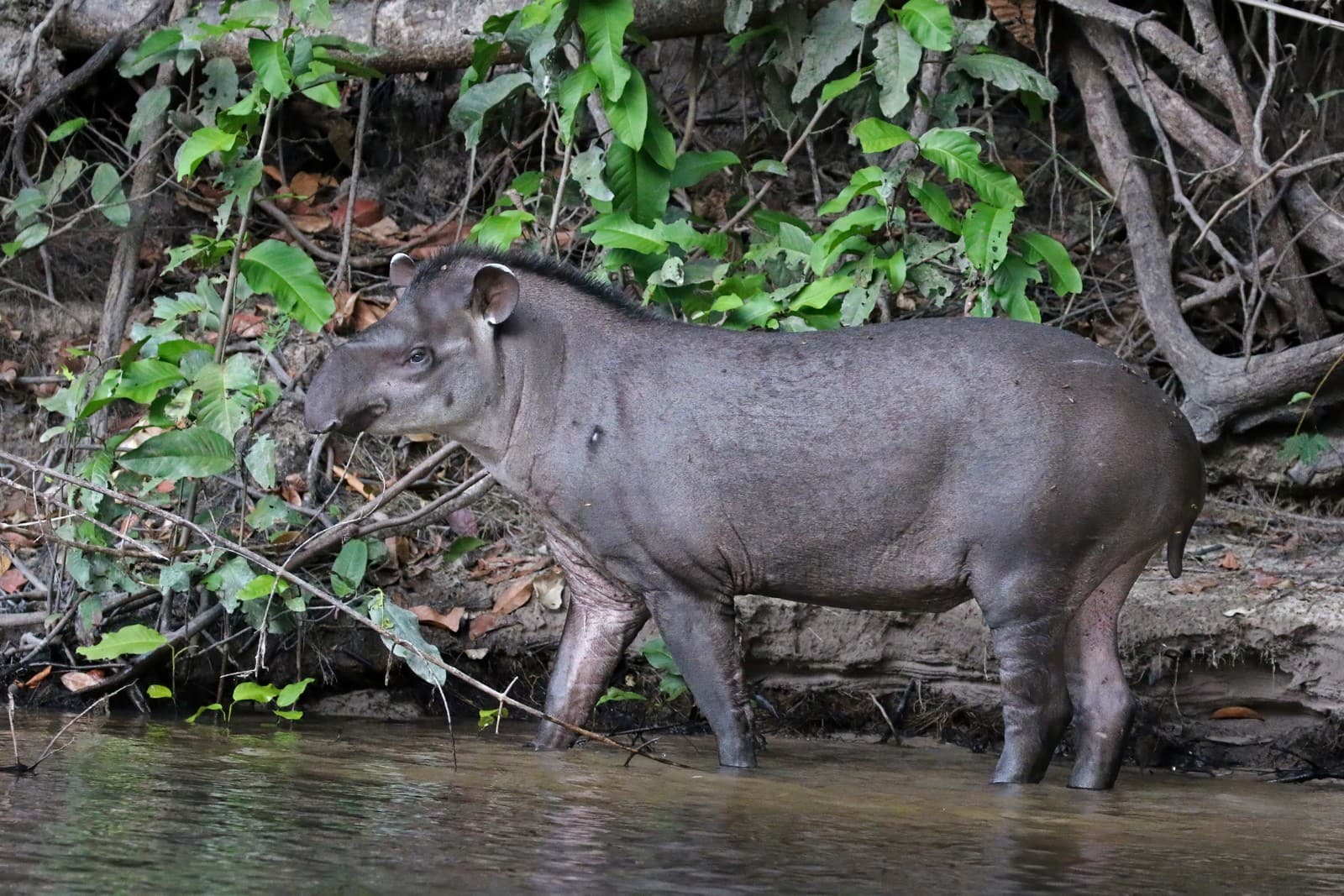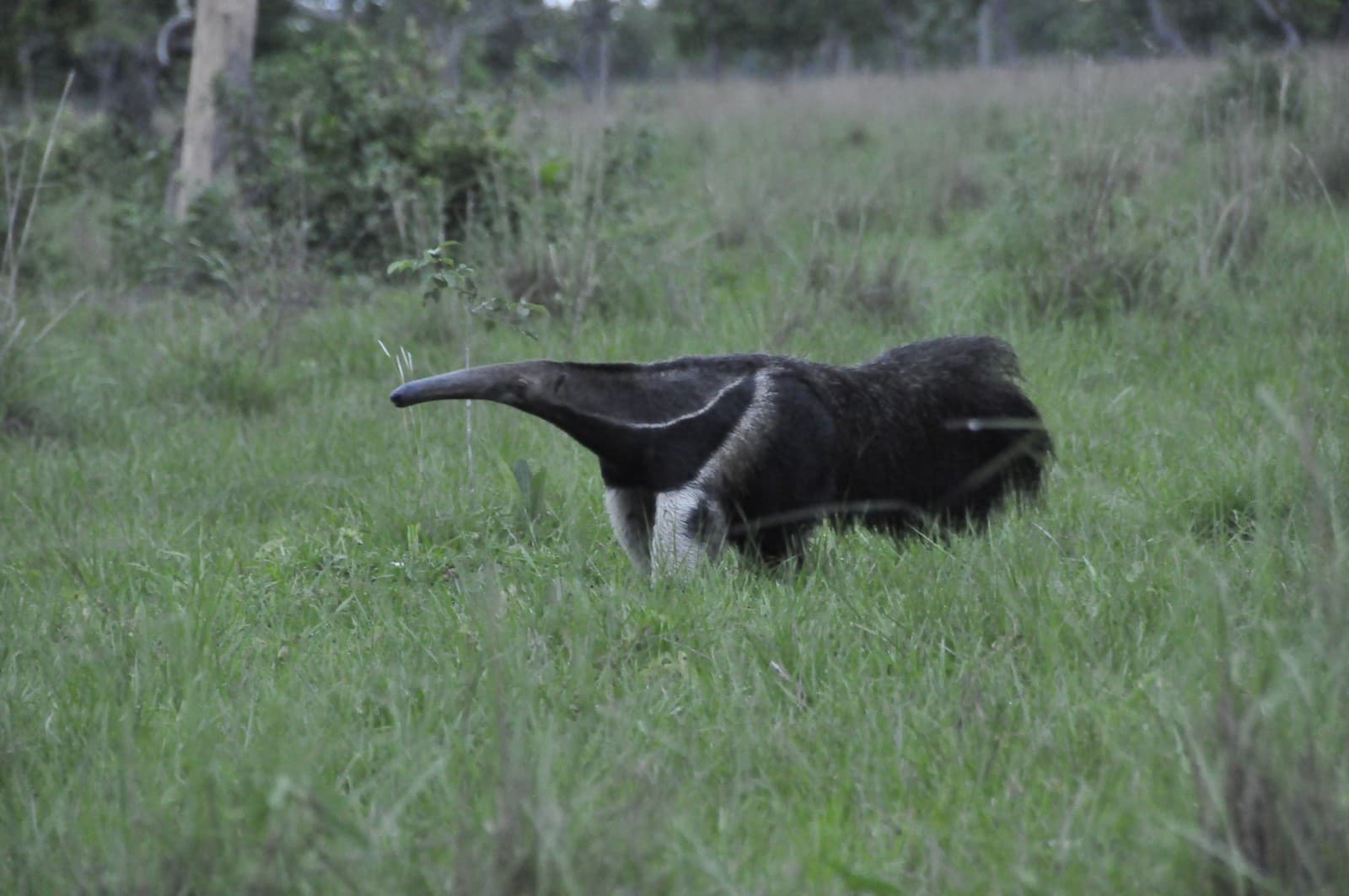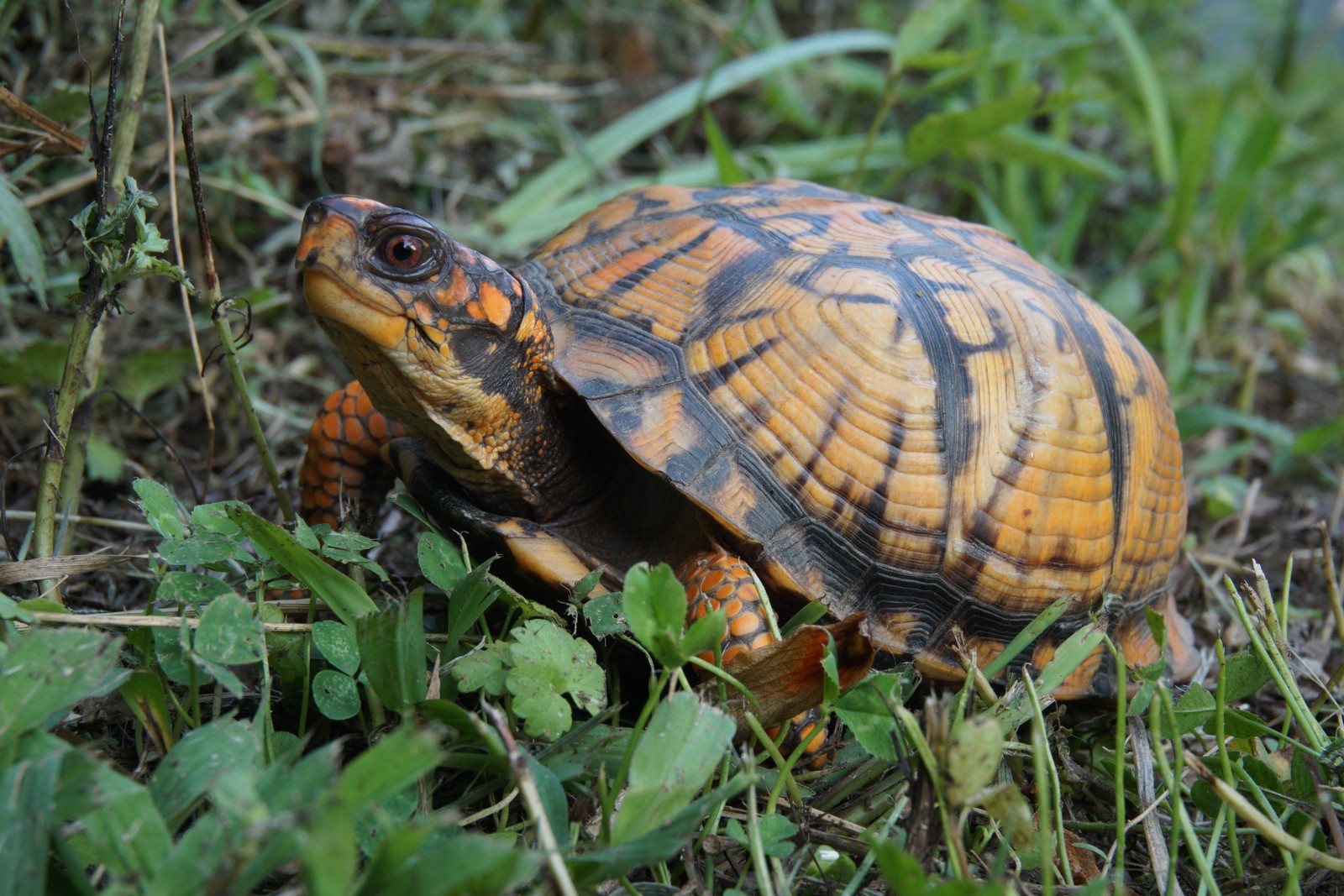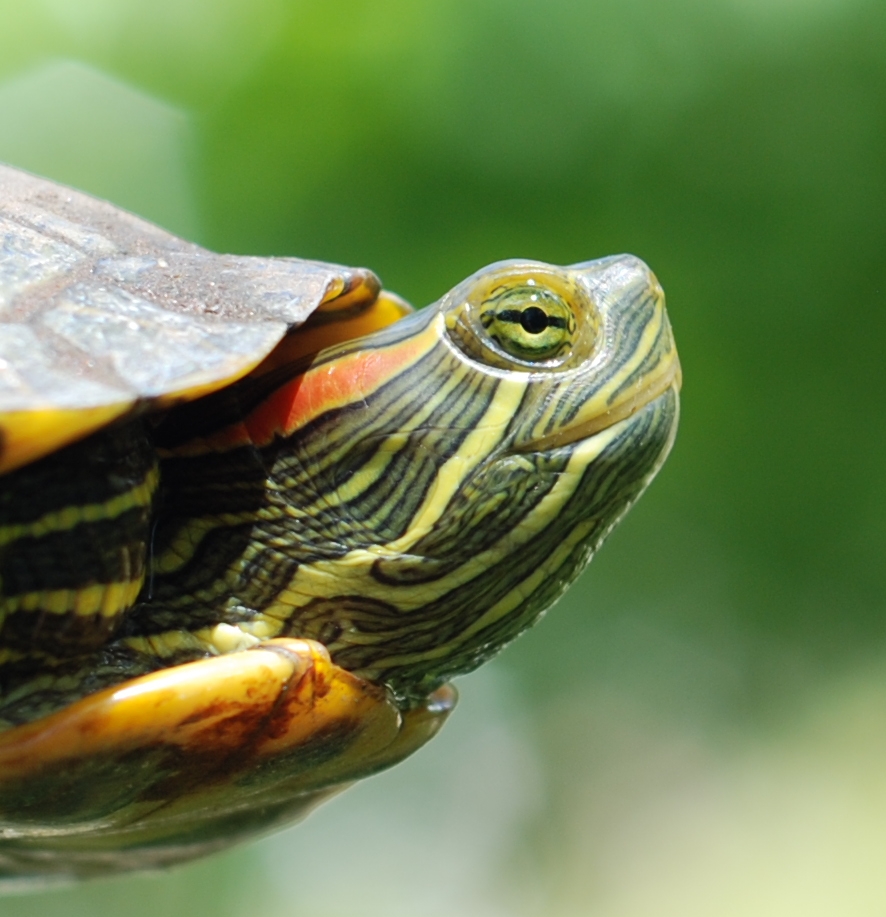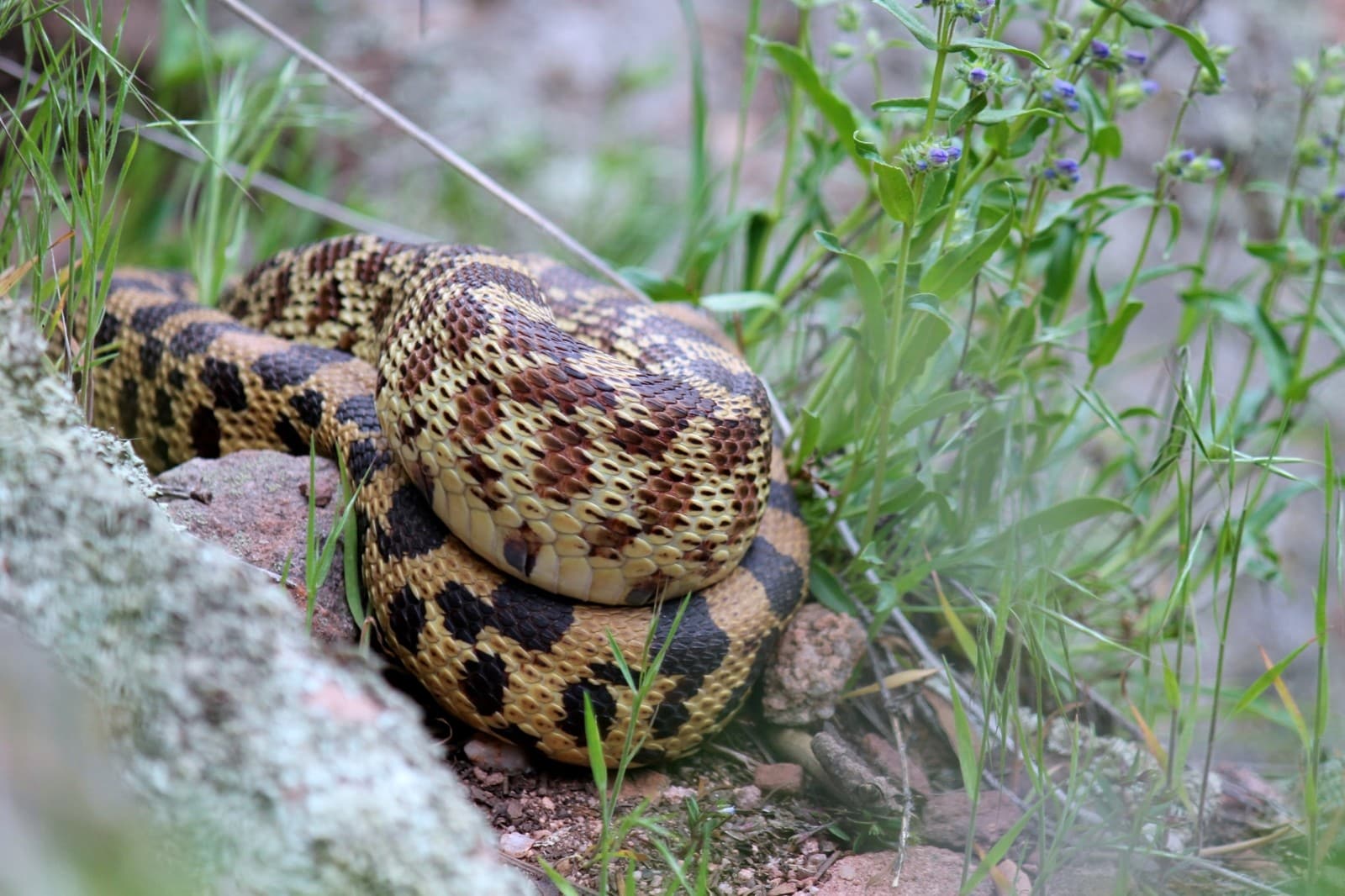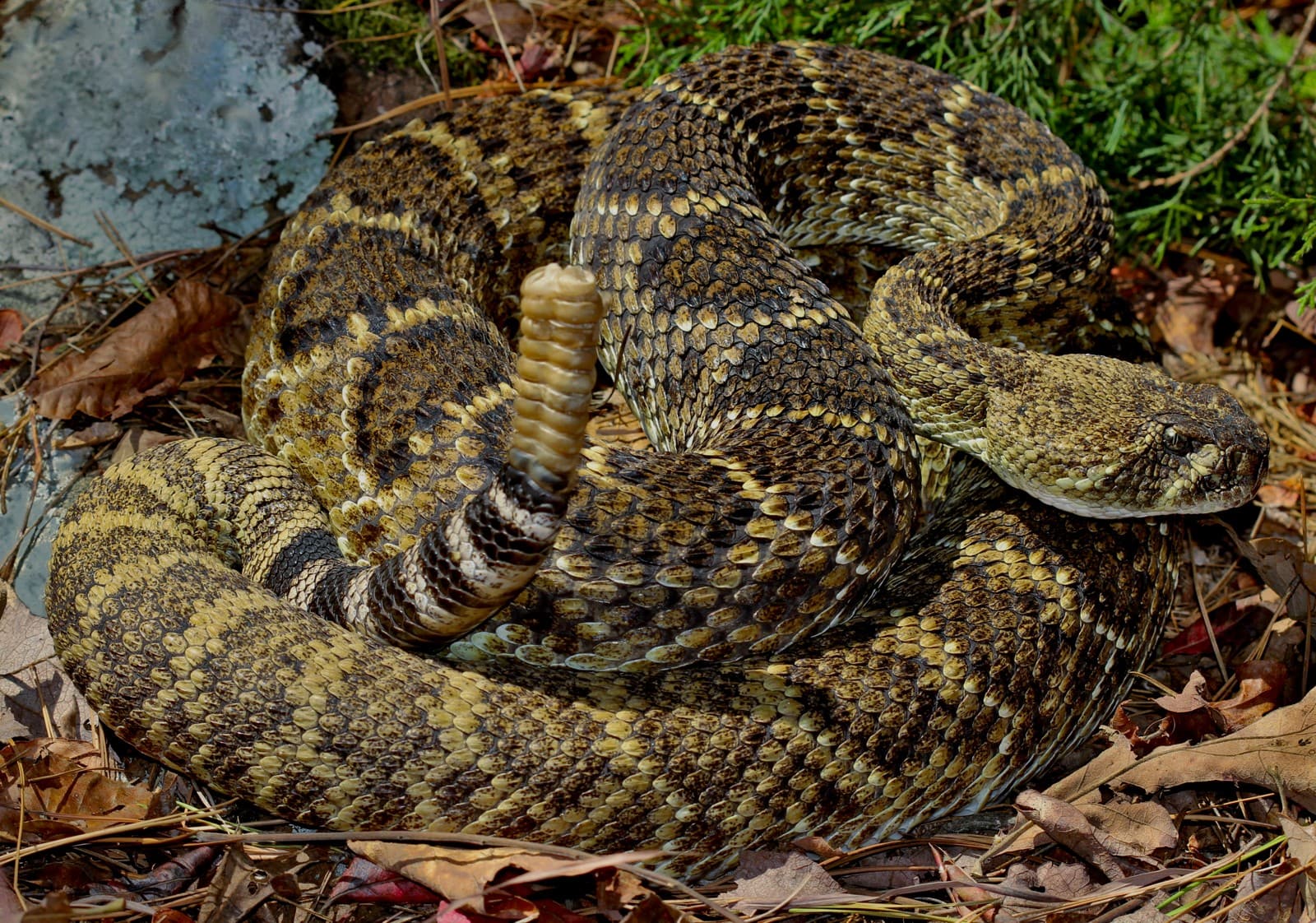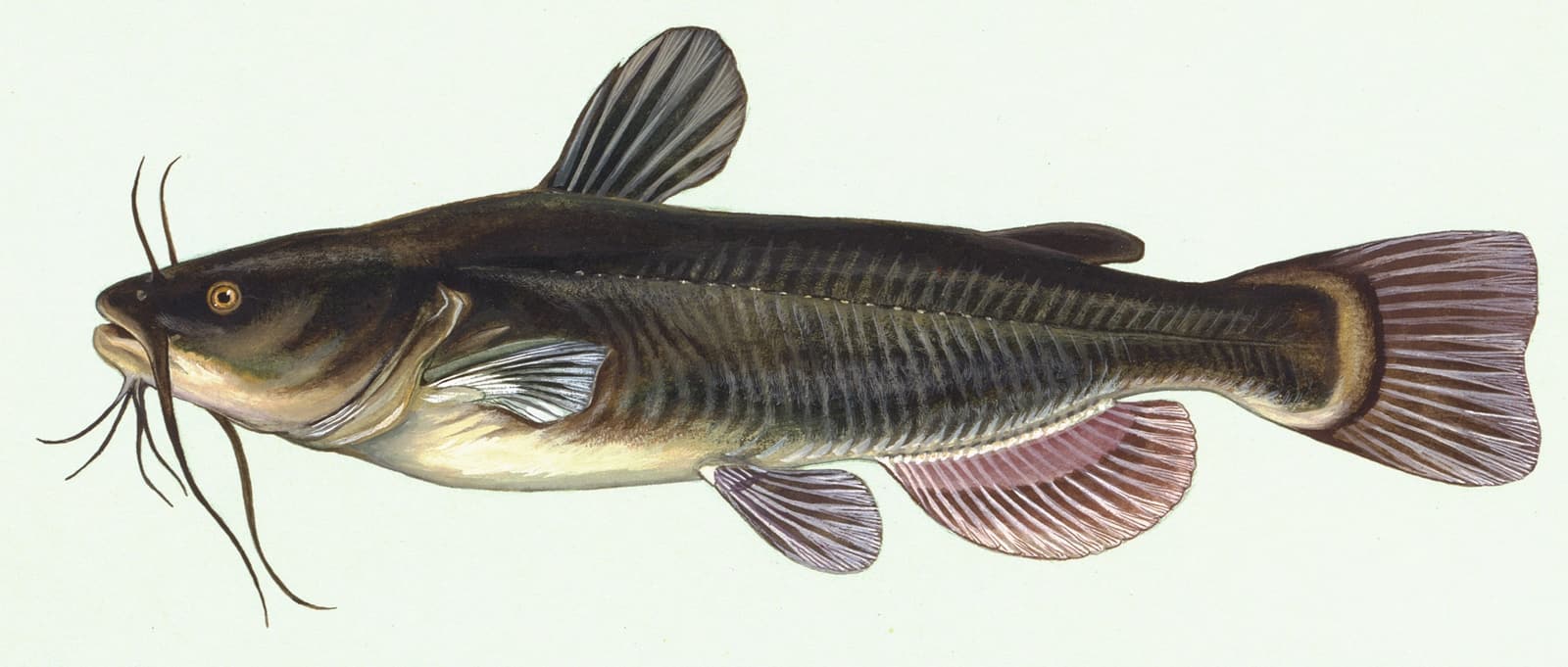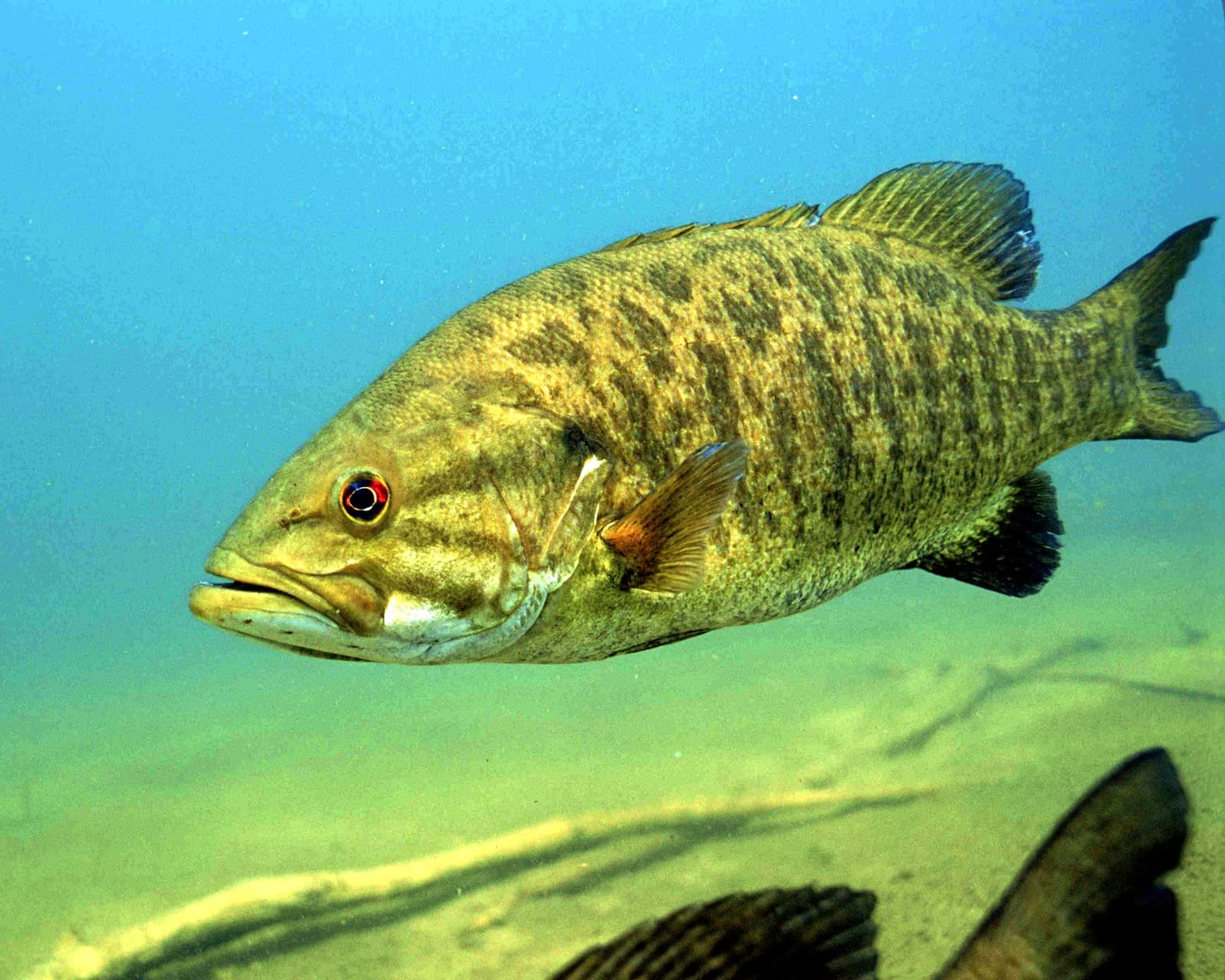Pygmy Marmoset vs Cotton-Top Tamarin: A Complete Comparison
When comparing the Pygmy Marmoset vs Cotton-Top Tamarin, we encounter two of South America’s most remarkable small primates. The Pygmy Marmoset holds the distinction as the world’s smallest monkey, weighing just 3.5 ounces (100g), while the Cotton-Top Tamarin is slightly larger at 15 ounces (425g). Despite their size difference, both species showcase extraordinary adaptations that have fascinated primatologists for decades.
These diminutive primates differ significantly in their conservation status and habitat preferences. Cotton-Top Tamarins are critically endangered, with fewer than 6,000 individuals remaining in the wild, primarily in Colombia. In contrast, Pygmy Marmosets maintain a more stable population across the western Amazon Basin, though their numbers are declining due to habitat loss.
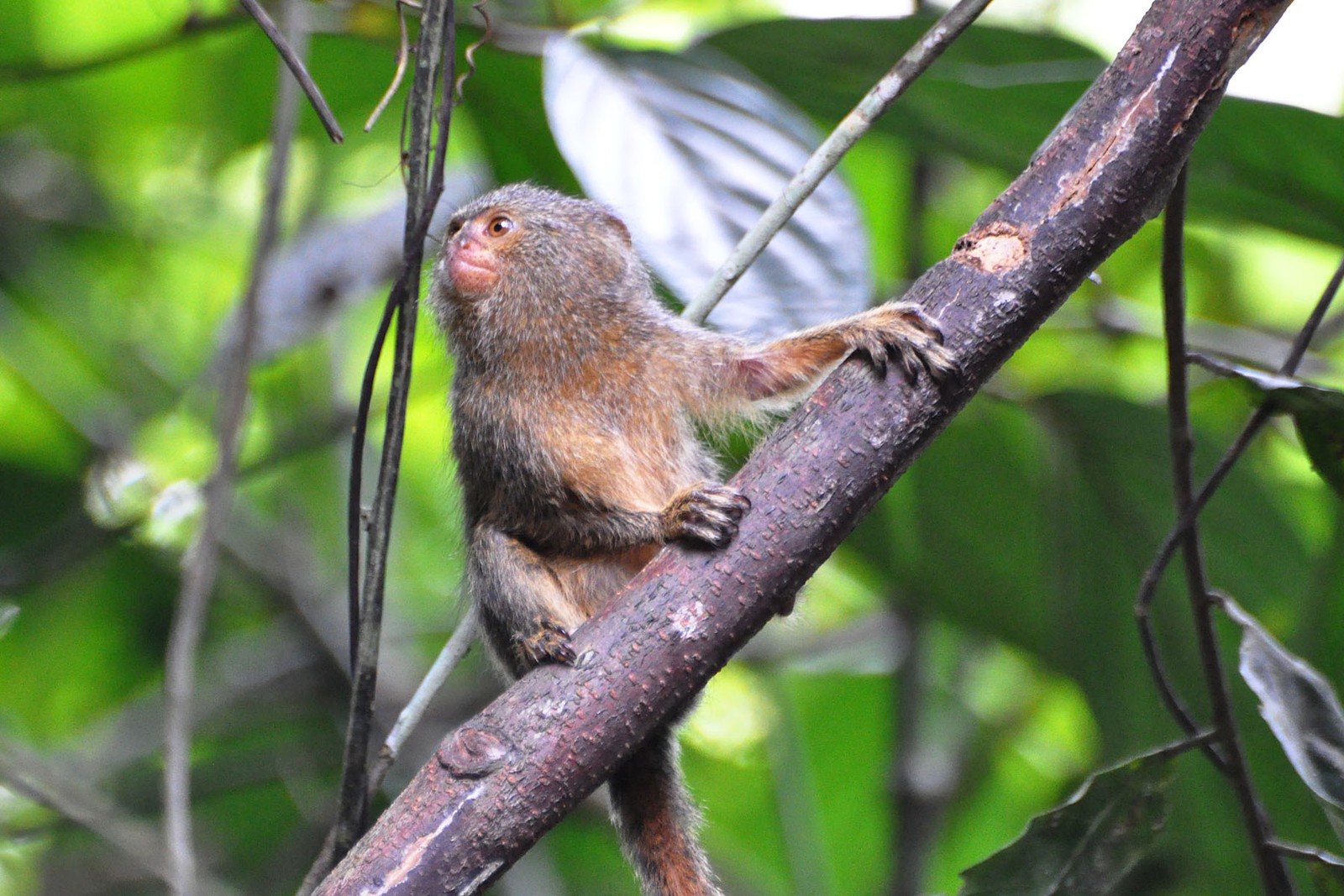
© Don Faulkner / CC BY-SA 2.0
The Pygmy Marmoset demonstrates its exceptional tree-dwelling adaptations, with specialized claws for gouging bark to harvest tree sap, its primary food source. These tiny primates rarely exceed 6 inches (15.2 cm) in body length, making them perfectly adapted for life in the uppermost canopy layers.
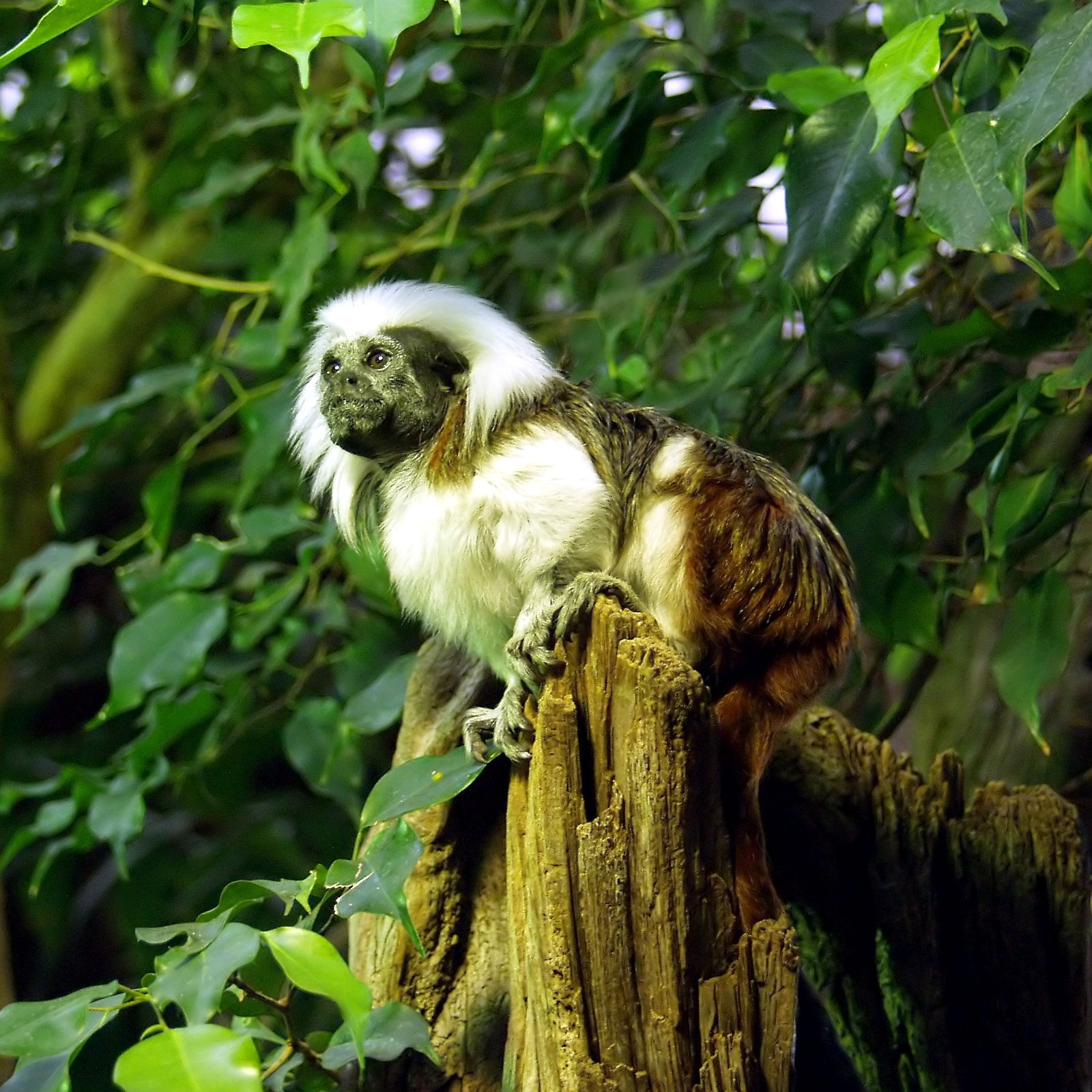
© Raimond Spekking / CC BY-SA 4.0
The Cotton-Top Tamarin’s distinctive white crest makes it one of the most recognizable small primates. This endangered species showcases complex social behaviors and serves as an important seed disperser in its Colombian forest habitat.
Key Differences: Pygmy Marmoset vs Cotton-Top Tamarin
| Feature | Pygmy Marmoset | Cotton-Top Tamarin |
|---|---|---|
| Size | 4.6-6.0 inches (11.7-15.2 cm) | 9-10 inches (23-25.4 cm) |
| Weight | 3.5 ounces (100g) | 15 ounces (425g) |
| Habitat | Upper Amazon Basin | Northwestern Colombia |
| Diet | Tree sap (70%), insects | Fruits, insects, small vertebrates |
| Social Structure | Family groups of 6-8 | Extended family groups of 3-13 |
| Conservation Status | Vulnerable | Critically Endangered |
Habitat and Distribution
The Pygmy Marmoset inhabits the upper canopy of rainforests across multiple South American countries, including Brazil, Colombia, Ecuador, and Peru. These tiny primates prefer areas with dense vegetation and abundant tree sap sources. Cotton-Top Tamarins, however, are restricted to a small region of northwestern Colombia, primarily in tropical dry forests and secondary growth areas.
Behavioral Differences
Cotton-Top Tamarins display more complex social behaviors, including sophisticated vocal communications with over 38 distinct calls. Pygmy Marmosets, while also social, focus more on specialized feeding behaviors, spending up to 60% of their day extracting and consuming tree sap.
Diet and Feeding Habits
The dietary preferences of these primates reflect their evolutionary adaptations:
-
Pygmy Marmoset
- Primary diet: Tree sap (70%)
- Secondary: Small insects
- Specialized incisors for bark gouging
- Feeds at heights of 60-140 feet (18-43 meters)
-
Cotton-Top Tamarin
- Varied diet: Fruits, insects, nectar
- Opportunistic predator of small vertebrates
- Important seed disperser
- Forages at multiple forest levels
Conservation Challenges
Both species face significant threats, but their conservation challenges differ markedly. Cotton-Top Tamarins are critically endangered due to:
- Severe habitat fragmentation
- Historical pet trade impact
- Limited geographic range
- Human encroachment
Pygmy Marmosets face less severe but growing threats:
- Deforestation
- Pet trade demand
- Climate change impacts
- Resource competition
Who Would Win in a Confrontation?
While neither species naturally confronts the other, the Cotton-Top Tamarin’s larger size (nearly three times heavier) and more aggressive territorial behavior would give it a clear advantage in any theoretical encounter. However, both species typically avoid confrontation, preferring to flee when threatened.
This comparison highlights the remarkable diversity of New World monkeys and underscores the importance of conservation efforts to protect these unique primates for future generations.
